DESIGN EFFECTIVENESS | POSTED ON 17.11.2015
The Art of Emotional Persuasion
‘Even the most analytical thinkers are predictably irrational; the really smart ones acknowledge and address their irrationalities’ – Dan Ariely
Essentially we all have an inherent dual processing system made up of system one and system two. System one is that automatic, unconscious, speedy, low effort functionality. System two is highly controlled, conscious, slow, high effort functionality.
Our emotional processor (system one) is always on and leads us to make decisions. Then the rational, logical processor (system two) kicks in to rationalise the decision we have already made.
While this may help to understand how and why you make decisions yourself, it’s the businesses and brands that engage in leveraging emotion that are winning, boosting conversions, making sales; not the marketers who make the best logical argument or rationale – it’s too late then.
The four core parts of emotional persuasion:
Sadness
Sadness leads people to make decisions more slowly and for short term gain. They want to feel better, quickly. With sadness, consumers often undervalue themselves and others.
Anxiety
With anxiety consumers are unable to correctly translate environmental context and cues, are less confident in their decision making skills and yet, are more selfish and less ethical – the survival instinct kicks in.
Anger
During anger consumers will identify with a better argument since they are more in control and positive, feeling empowered if you will.
Awe
With consumers feeling awe they are more satisfied and ‘in’ the moment which leads to them displaying more generous traits.
So how does this work for businesses and brands? When you appeal to the emotion you are creating a connection which, in turn, makes the target audience more open to your call to action, more receptive. By connecting with their emotional state you help them to understand your message, you help them to accept your message, and you make them more likely and comfortable in performing the action you would like them to take.
In all communications (social media, website copy, direct emails) consider – what is the state of mind, where are the emotions being directed, why are they feeling those emotions – and then you can speak to them in the best way for them to connect.
The next step is to determine whether you are able to tap into or exploit existing emotions or if you’ll need to create new emotion. If tapping into existing emotions then craft your communications to connect with those emotions. If creating new emotion we will have tips and tricks about how to help achieve this in our next blog post. As a hint; it involves emotional design and copywriting to uncover the power of emotional persuasion.
Whether you are working with existing emotions or needing to create them for your brand, your local branding specialist Liquid Creativity can help. Contact us today.
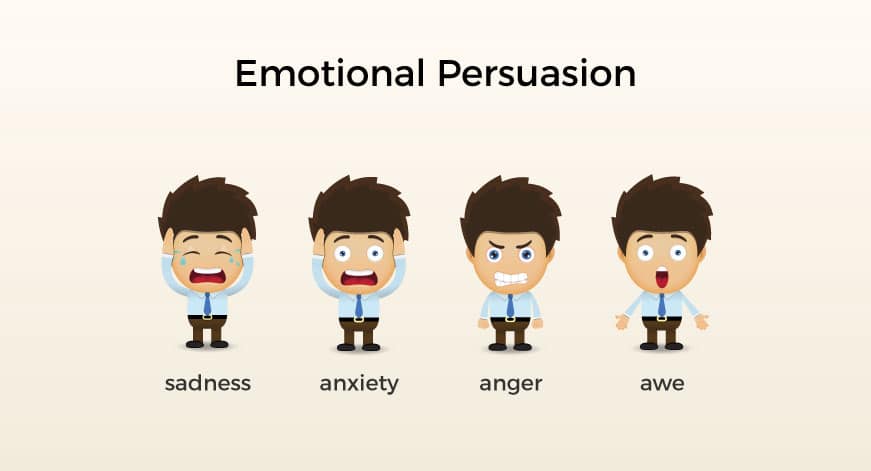




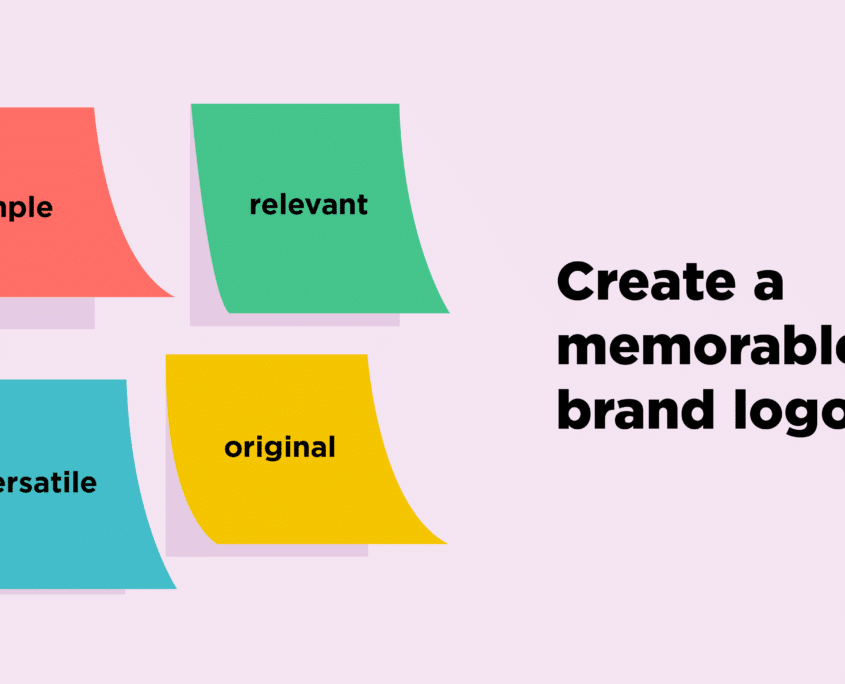
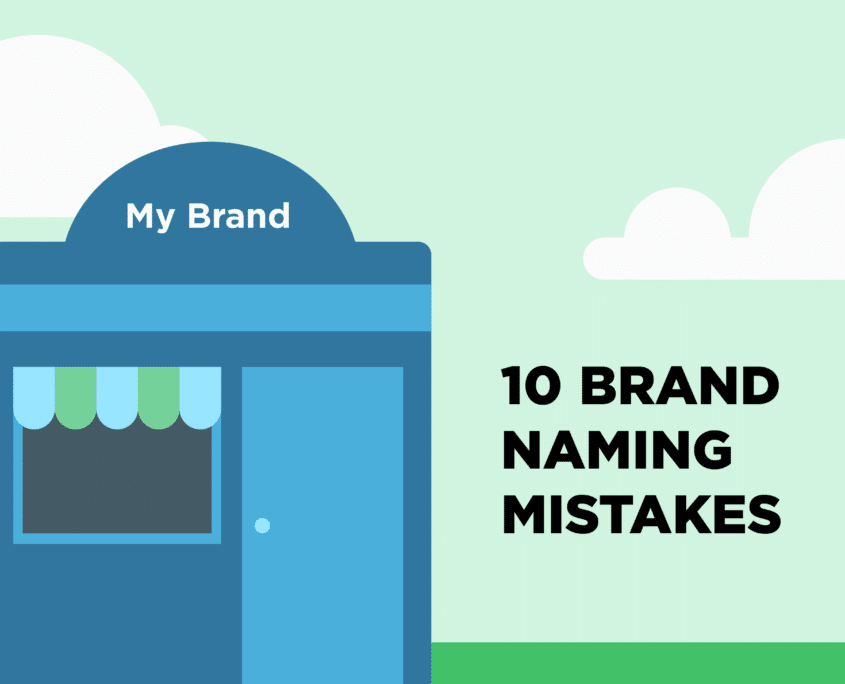
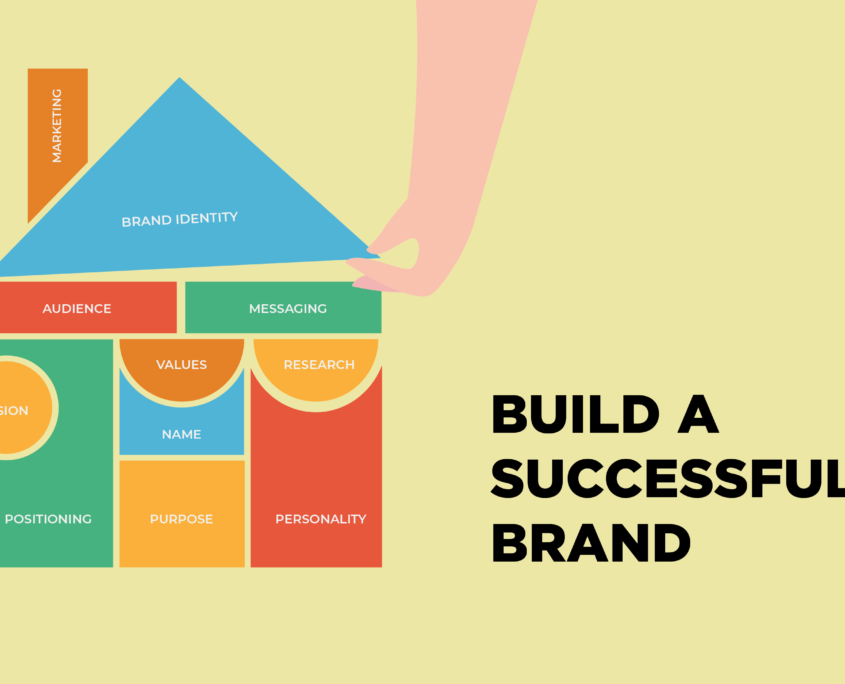
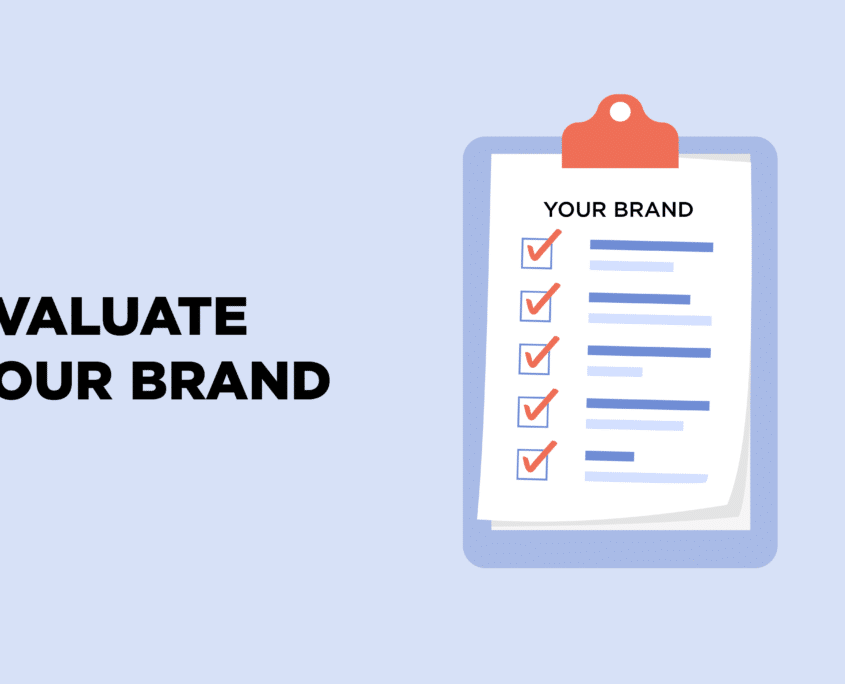
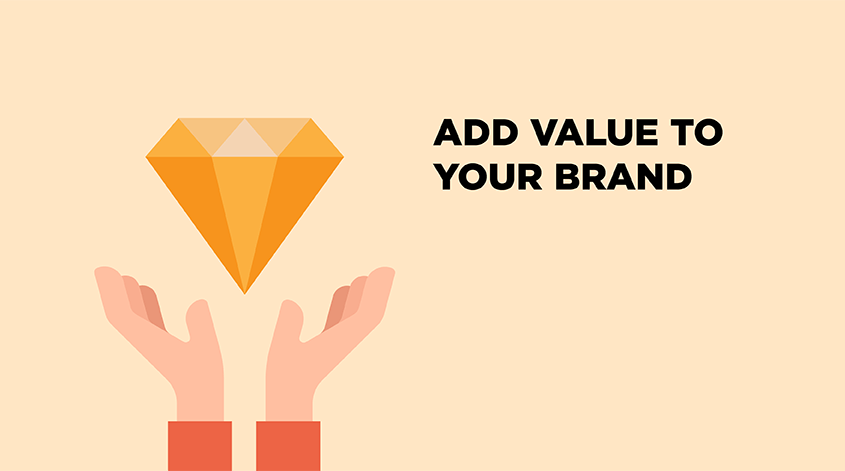
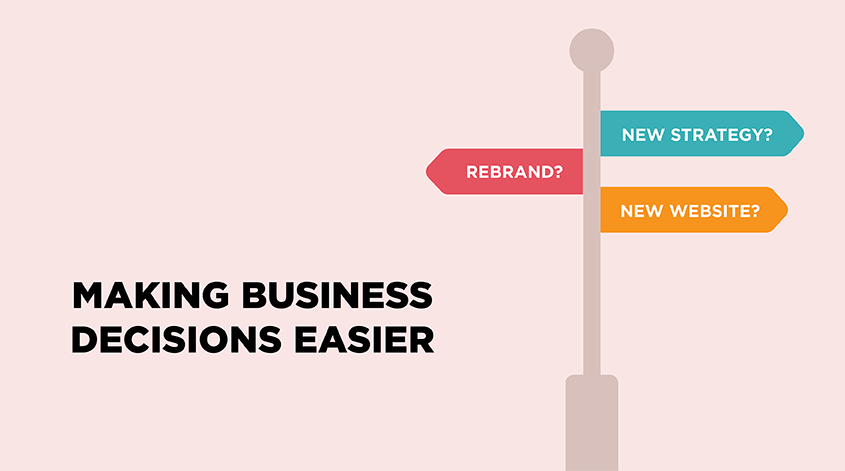


Leave a Reply
Your email address will not be published